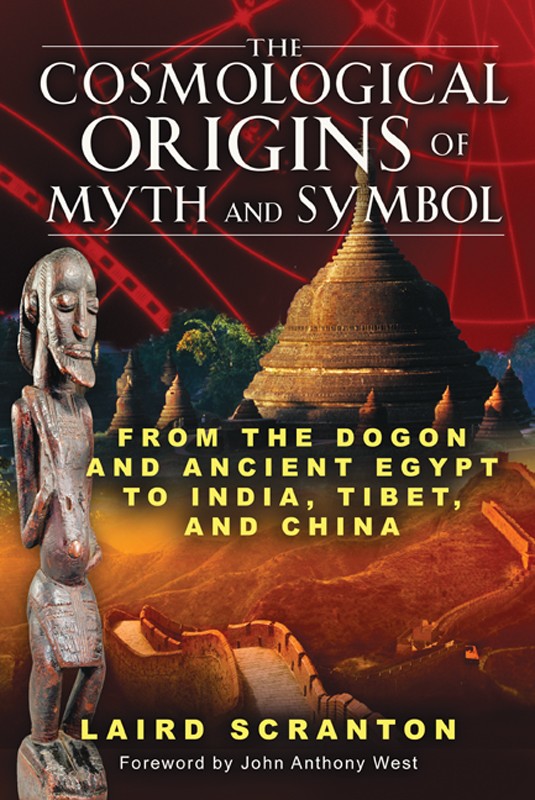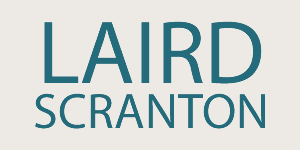From the Dogon and Ancient Egypt to India, Tibet, and China
 From the Back Cover
From the Back Cover
ANCIENT MYSTERIES / SCIENCE
“Pursuing the powerful quest began in The Science of the Dogon, Laird Scranton provides . . . another compulsive read for those wishing to get to the heart of the ancient mysteries.”
--Andrew Collins, author of Beneath the Pyramids: Egypt’s Greatest Secret Uncovered
“Laird Scranton’s groundbreaking new research is a major piece of the puzzle that will forever change the way we view the knowledge of the ancients.”
--Edward G. Nightingale, author of The Giza Template
Great thinkers and researchers such as Carl Jung have acknowledged the many broad similarities that exist between the myths and symbols of ancient cultures. One largely unexplored explanation for these similarities lies in the possibility that these systems of myth all descended from one common cosmological plan. Outlining the most significant aspects of cosmology found among the Dogon, ancient Egyptians, and ancient Buddhists, including the striking physical and cosmological parallels between the Dogon granary and the Buddhist stupa, Laird Scranton identifies the signature attributes of a theoretic ancient parent cosmology that may well have spawned these great ancient creation traditions.
Examining the esoteric nature of cosmology itself, Scranton shows how this parent cosmology encompassed both a plan for the civilized instruction of humanity as well as the conceptual origins of language. The recurring shapes in all ancient religions were key elements of this plan, designed to give physical manifestation to the sacred and provide the means to conceptualize and compare earthly dimensions with those of the heavens. As a practical application of the plan, Scranton explores the myths and language of an obscure Chinese priestly tribe known as the Na-Khi--the keepers of the world’s last surviving hieroglyphic language. Suggesting that cosmology may have engendered civilization and not the other way around, Scranton reveals how this plan of cosmology provides the missing link between our macroscopic universe and the microscopic world of atoms.
• Shows how this parent cosmology provided the conceptual origins of written language
• Uses techniques of comparative cosmology to synchronize the creation traditions of the Dogon, ancient Egyptians, and ancient Buddhists
• Applies the signature elements of this parent cosmology to explore and interpret the creation tradition of a present-day Tibetan/Chinese tribe called the Na-Khi--the keepers of the world’s last surviving hieroglyphic language
Great thinkers and researchers such as Carl Jung have acknowledged the many broad similarities that exist between the myths and symbols of ancient cultures. One largely unexplored explanation for these similarities lies in the possibility that these systems of myth all descended from one common cosmological plan. Outlining the most significant aspects of cosmology found among the Dogon, ancient Egyptians, and ancient Buddhists, including the striking physical and cosmological parallels between the Dogon granary and the Buddhist stupa, Laird Scranton identifies the signature attributes of a theoretic ancient parent cosmology--a planned instructional system that may well have spawned these great ancient creation traditions.
Examining the esoteric nature of cosmology itself, Scranton shows how this parent cosmology encompassed both a plan for the civilized instruction of humanity as well as the conceptual origins of language. The recurring shapes in all ancient religions were key elements of this plan, designed to give physical manifestation to the sacred and provide the means to conceptualize and compare earthly dimensions with those of the heavens. As a practical application of the plan, Scranton explores the myths and language of an obscure Chinese priestly tribe known as the Na-Khi--the keepers of the world’s last surviving hieroglyphic language. Suggesting that cosmology may have engendered civilization and not the other way around, Scranton reveals how this plan of cosmology provides the missing link between our macroscopic universe and the microscopic world of atoms.


Hello friend,
I have yet to read your books, Yet.
So forgive me if I’m saying nothing new. I just saw you with John West in Magical Egypt which led me here.
If someone, whoever may be, left us a message, then may be what they did was leave a piece of a grand message in every corner of the earth. Put them together and you have the Book of Life.
The Tower of Babel always struck me as the key. Humanity as one, not by force but by syntonic consciousness will come to open the third eye that is still barely shut. In each part of the world, throughout time, a piece was left, the message.
yours sincerely,
Kali
These religions seem to imp[ly a God fi=gure=, Yet if there is no god than all the words man very little, other than pepple have communicated. The fact tahn=t most civilizations have create Gods for them selves does not make one.
Unaware of your works as yet.
Lived in Africa late 70’s.
Headed soon to UK, Iceland, maybe Ireland,Morrocco.
Fingall’s cave, Sara Brae, Spring at Stonehenge, early Masonic Lodges, and friends, March and maybe April